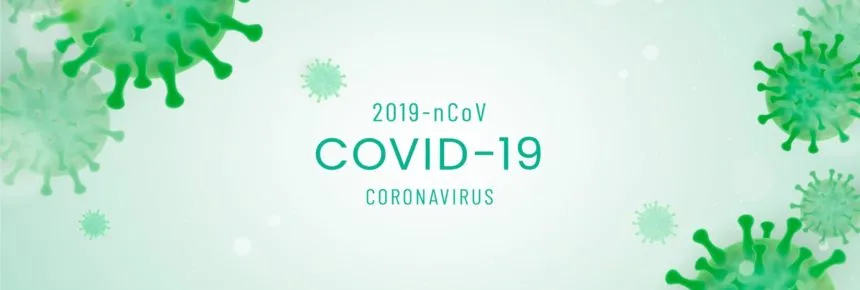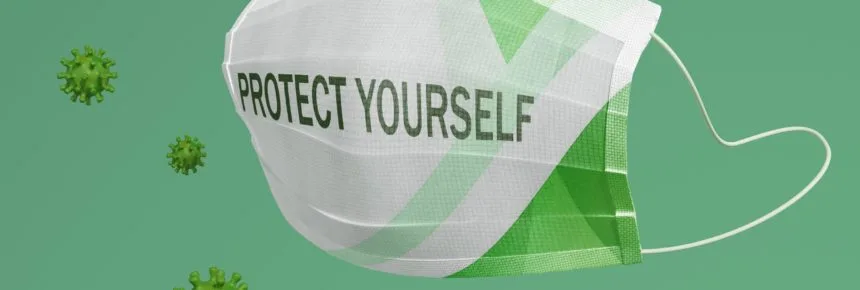
COVID-19 is a highly contagious viral infection whose name is a clever amalgamation of several key terms:
While many people refer to COVID-19 simply as "the coronavirus," it's crucial to understand that this isn't entirely accurate. The term "coronavirus" refers to a broader family of viruses that includes others like MERS-CoV (Middle East Respiratory Syndrome Coronavirus) and SARS (Severe Acute Respiratory Syndrome). When we referred to COVID-19 as the "Novel Coronavirus," the word "novel" simply meant it was a new virus previously unknown to scientists and doctors.
To truly grasp what COVID-19 is, we must first understand the coronavirus family itself. Coronaviruses are generally classified as common viruses that can infect the sinuses, upper throat, or nose, functioning similarly to common colds. Most people are infected with a type of coronavirus at least once in their lifetime.
The vast coronavirus umbrella can be further classified into four main types:
The most common human coronaviruses, typically causing mild to moderate respiratory illnesses, are types within the Alpha and Beta classifications. These include:
However, more severe types that have evolved from animal hosts—such as MERS-CoV, SARS-CoV, and COVID-19 (also known as SARS-CoV-2)—can be significantly more challenging to treat. This difficulty arises because these newer, animal-derived strains have less historical data for scientists to work with, making vaccine development and treatment strategies more complex.
The scientific consensus suggests that COVID-19, like many coronaviruses, likely originated from animals. Bats and birds are known to be significant carriers of coronaviruses. While the exact transmission event remains a subject of ongoing research, it is widely believed that COVID-19 most likely originated from a bat.
Consider these key points regarding its origin:
The history of coronaviruses is far from recent. There is an ongoing scientific debate about the date of origin for the broader coronavirus family. Some conservative scientists suggest it has existed since 8,000 BCE, while others propose a much older timeline, placing its origin at 55 million years ago.
While most coronaviruses are not dangerous, and you might not even exhibit symptoms, it is critically important to get yourself screened if you suspect exposure or simply as a part of your regular health routine. Regular screenings are vital for your overall health because they play a key role in preventing serious illness or disease from developing unnoticed in the future.
SPC Medical Center is committed to public health and offers reliable testing services to help you determine your COVID-19 status:
All samples are taken with stringent safety procedures in place and are analyzed in a DOH-approved (Department of Health-approved) facility, ensuring reliable and secure results.
For more information, please contact the hospital at +63493101100 or email inquiry@spcmc.com.ph.

This article offers a variety of engaging activities to combat the monotony and challenges of prolonged quarantine periods. From digital explorations and skill-learning to pet training and self-reflection, these suggestions help individuals maintain well-being and a sense of normalcy at home.

After COVID-19 exposure, immediately self-quarantine and get tested around five days post-contact to ensure accuracy, even if asymptomatic. Regardless of an initial negative result, complete a 14-day quarantine to prevent potential late onset of infection.

As new, more infectious COVID-19 strains emerge, it's vital to intensify personal protective measures like diligent hygiene, double masking, and strict social distancing. Vaccination, when eligible, remains a crucial step in curbing the pandemic's spread and protecting communities.